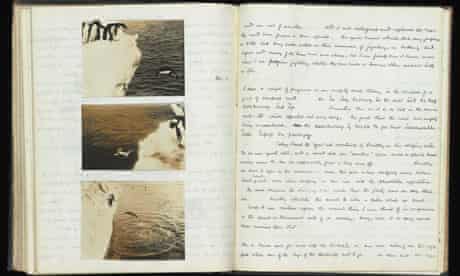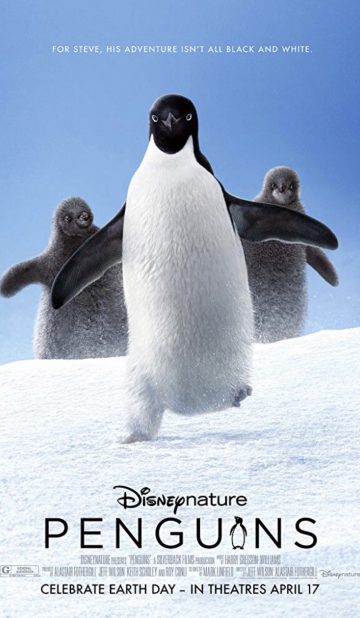The Reel Review
Meet Steve, one of millions of Adélie penguins braving killer whales and leopard seals in his quest to find a mate and start a family in icy Antarctica. Ed Helms (Vacation, The Hangover) narrates this Disneynature documentary, which debuts just in time for April 22nd’s Earth Day.
The film is not so much a documentary as it is the anthropomorphism (say that three times fast!) of this cute, hilariously inquisitive species of penguin. But as we watch Steve waddling through a series of misadventures, we can’t help but wonder – what would have happened had one of these hungry predators gobbled up our fearless star? And those interested in the effects of climate change in Antarctica look elsewhere – this film is just about the penguins.
The visuals truly are FANTASTIC and there are some cute and even harrowing scenes showing the penguins’ personalities on a continent that few of us will ever see in person. But the out of place 80s pop tunes and Helms’ jarring, cringeworthy narration turns what could have been an amazing documentary into a frustratingly dumbed down story. The behind the scenes footage shown during the closing credits is evidence that a documentary about the making of this film would have been even better than the actual story.
REEL FACTS
• The Disneynature crew, which also directed Bears and Chimpanzee, filmed for an astounding 900 days to create this 76 minute documentary.
• Adélie penguins, who Jules Dumont d’Urville named after his wife after discovering them in 1840, can hold their breathe for up to three minutes at a time.

• In 1911, George Levick, a survivor of the ill-fated Scott Antarctic Expedition, documented that unpaired male and female Adélie penguins masturbated a lot, engaged in homosexual behavior, and that some “hooligans” even mated with young chicks and dead penguins – apparently it was tricky for them to differentiate between a dead-eye and a come hither look. The findings, which at the time were considered too horrifying for publication, were rediscovered and published a century later, in 2012.



